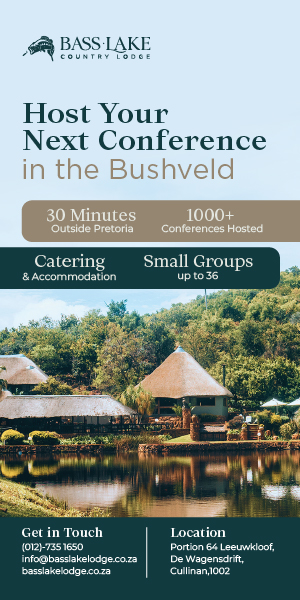Adding interactive elements to your conference is a good strategy to keep attendees engaged and interested. Which in turns means they’ll learn more, benefit more, and likely enjoy themselves more too.
So, how can you do this? Below are a few interactive ideas to consider.
Live polling
Getting your audience’s feedback or opinion during a presentation or panel discussion is a great way to involve them in the content being presented. There are many tools available for this, which work on cell phones (such as these 10 options). Speakers can ask a question and get real-time feedback from the audience – the responses of which are organised into easy to understand info graphics which immediately display on a power point presentation. This adds a whole new dimension to the topic.
Body voting
A little like polling, this approach doesn’t require any technology, just some space. Attendees vote by going to one side of the room or the other, physically separating themselves into groups for yes/no, agree/disagree, type of answers.
This strategy also allows the moderator to pose follow up questions to either group, to delve a little deeper into the topic and what influences people’s ideas on it.
Fireside chat
As an alternative to a panel discussion, a fireside chat is a slightly more intimate approach that allows a moderator to do a Q&A with an expert. It’s a format that works well if you have an interesting expert who is perhaps a little weak at presenting or easily goes off topic. By having a moderator who can steer the conversation, the type of content being delivered can be managed.
You can also source questions from the audience, but instead of leaving this to the end of the session, get the moderator to get them at the start. She or he can then choose the best ones to incorporate into the fireside chat.
Pecha Kucha
This is a Japanese inspired presentation style where each speaker talks to a presentation of 20 images, each of which display for only 20 seconds. This means the overall presentation is just under 7 minutes; short and snappy and very visual.
Speakers need to be well briefed to be able to stick to their time, and also convey lots of salient information quickly. But when done well, it is a very effective.
The Event Greening Forum has used a Pecha Kucha format for some of their events, and always follows it with table discussions where each speaker hosts a table and the delegates can choose which table to sit at. This affords attendees the chance to choose the topic most relevant to them, and to ask the expert their own questions. Amazing interactive discussions can evolve out of these. After 15 minutes, all delegates have to swop tables.
Scavenger hunts
Gamification is all the rage, and scavenger hunts allow you to incorporate a game-like element into your event. There are many ways to approach this, such as restricting the hunt to a specific time slot or allowing attendees to work on it at any time throughout the event.
Clues could direct them to exhibitors, sponsors, the conference website or certain areas of the event – anywhere where you would like to focus their attention. Aside from solving clues, you could also ask them to fulfil challenges. This could be to tweet a photo of themselves at your event using the hashtag, or to get a business card from someone they don’t know and be able to describe exactly what their job entails.
Other tips are: keep the activities fun, but also relevant to the conference content; don’t have too many tasks to fulfil (as you don’t want a high dropout rate); have exciting prizes for those who complete it or finish first (which also serve as an incentive to take part in the first place).
Speed networking
Networking is a huge benefit to attending events, but sometimes the risk is that most people will speak to those they already know. This is where structured networking activities come in handy. Like speed networking.
Here’s how to do it: Split the room into two equal sized groups. If there is an odd number, someone from your organising team can stand in. A good room set up is to have lines of tables with two chairs on either side. One group sits facing one way, and the second group facing the other way. Using a timer, give delegates a set amount of time to introduce themselves to each other and try to answer the question, “How could we work together?” (Or any other question you would like them to explore.)
The time slots could be as short as 30 seconds, or as long as 2 minutes, with shorter slots being best when there are more people.
When the time is up, a chosen group stays seated, and the other group all move one chair down in the same direction.
Remember, you can adapt all of these ideas to suit your brand and event. Be creative and be bold. Good luck!







